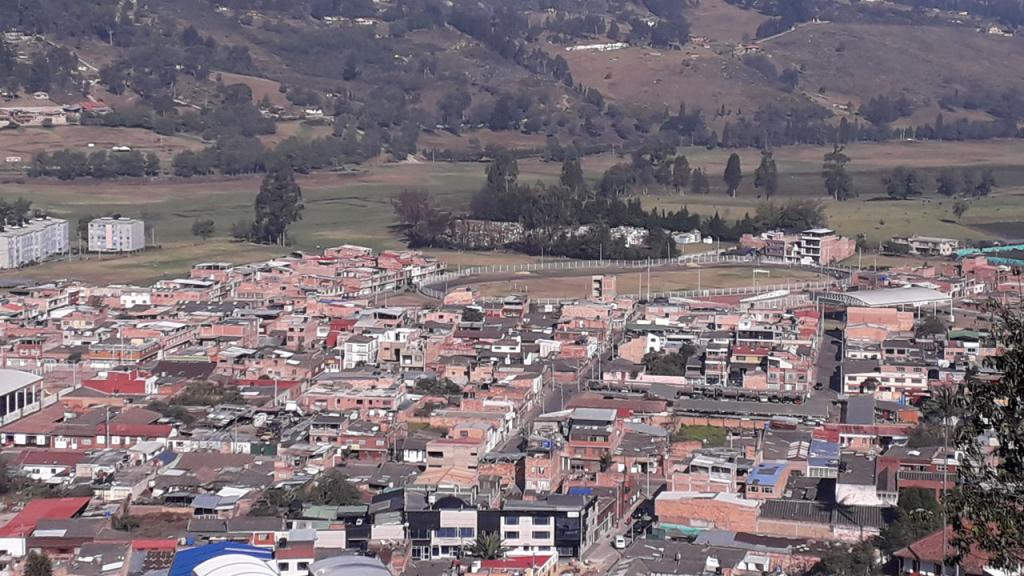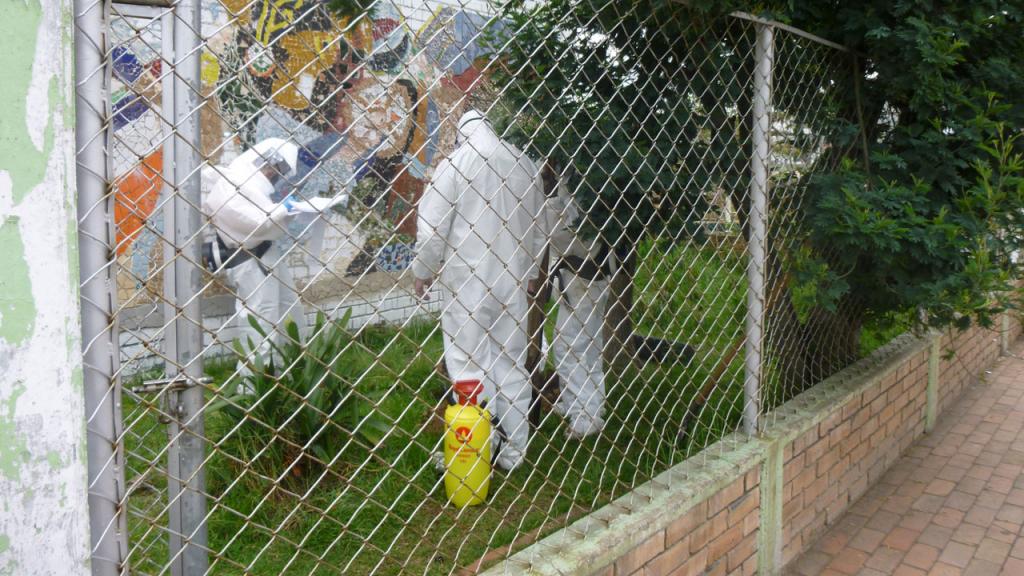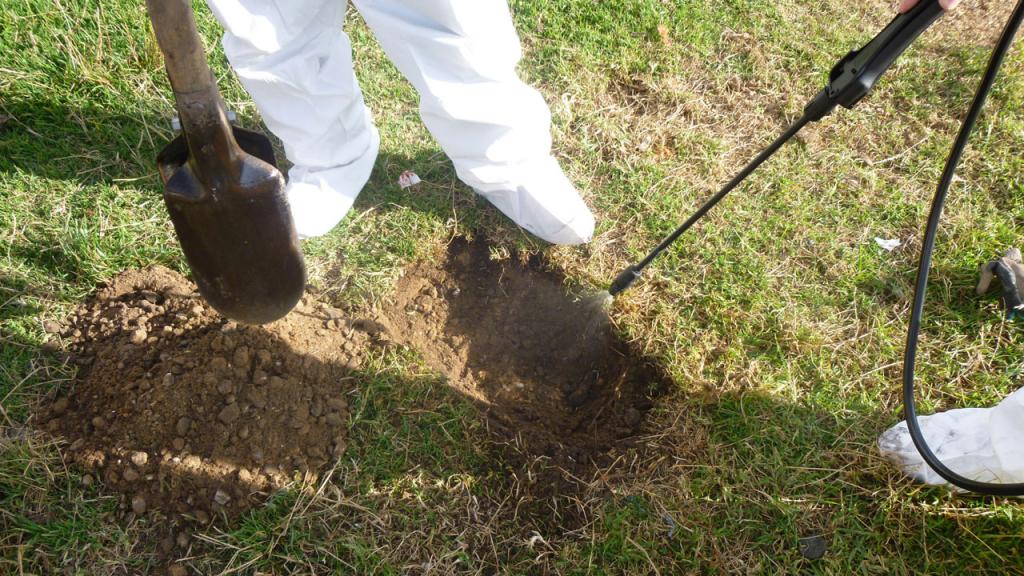





A study undertaken over the past four years led by the Universidad de los Andes has concluded the evidence suggests that in the municipality of Sibaté there is a high number of cases of pleural mesothelioma: a type of cancer on the outer lining of the lungs that is directly related to asbestos exposure. The study also confirmed that there are landfill areas of Sibaté where there is a layer of asbestos in the subsoil. The study was published in the journal Environmental Research, and interdisciplinary researchers from the following institutions took part: the Italian National Institute of Health(ISS), the French Research Institute for Development (IRD), the Fundación Santa Fe de Bogota, and the Universities of Rome La Sapienza, Turin, and Bologna.
Asbestos is a term used to refer to minerals that have many industrial applications, which have been used in a large number of products in Colombia for more than seventy years: especially in products for the building and automotive sectors. Asbestos exposure causes many diseases including mesothelioma, lung cancer, laryngeal cancer, ovarian cancer, and asbestosis. As such, exposure is very dangerous, especially to loose asbestos.
The study also identifies the areas of the municipality that could have been used as landfill for materials containing asbestos, which was a frequent complaint by the inhabitants of Sibaté. In these areas, soil samples were taken, and the researchers discovered that there was a layer of asbestos in the subsoil, which was worsened by the asbestos being loose and not bonded with other materials. “If the layer of loose asbestos in the subsoil is disturbed, during excavation for example, the risk of being exposed to asbestos is very high as the asbestos fibers can be volatized. We have established that the risk of asbestos exposure is associated with activities that disturb the subsoil. This discovery deserves a deceive and immediate answer from Colombia’s health and environmental authorities. A risk management plan needs to urgently be drawn up that endeavors to prevent the population being exposed to asbestos when they carry out activities that disturb the soil. It needs to include environmental remediation, an epidemiological and health monitoring system, and a communication plan with the local population in Sibaté based on transparency and paying attention to their worries; it must also favor participatory community action”, explains Dr. Ramos-Bonilla.
 We are discovering that what happened in Sibaté could have happened in any municipality in Colombia
We are discovering that what happened in Sibaté could have happened in any municipality in Colombia 
“We are discovering that what happened in Sibaté could have happened in any municipality in Colombia as a result of the scarce, if not non-existent, asbestos control in the country. As a society, we need to show solidarity with Sibaté as the residents need the whole country’s help. It would be absurd and inhumane for the Colombian population to exacerbate the difficult situation the people of Sibaté are going through by stigmatizing, isolating, and abandoning them”, emphasizes Dr. Ramos-Bonilla.
When this study was published, the Asbestos Prohibition Law in the country suffered setbacks in the Chamber of Representatives, which could lead to its collapse. As Dr. Ramos-Bonilla said, “what we have found in Sibaté is a very sad example of why asbestos should be prohibited – not only in Colombia but globally. If Colombia had banned asbestos decades ago, just like in other countries, the asbestos problem we are facing now would be much smaller”.
Dr. Ramos-Bonilla has a message of hope for Sibaté: “I have seen cities in other parts of the world that lived through situations similar to the one in Sibaté, and they have moved forward. We need to build upon other’s experiences, and for this reason, I am emphatic my affirmation that the knowledge and technology already exists to confront the problem in Sibaté, but the Colombian State needs to take immediate action”.

Through true/false questions, expert Luis Jorge Hernández clears up some of the myths created in the midst of this pandemic.

A project that contributes to improving women who have survived breast cancer’s quality of life through physical activity and psychosocial support.

For forty years, the dangers of asbestos have been widely known internationally. However, in Colombia, it was not possible to convince several congres
Otras noticias
Share


